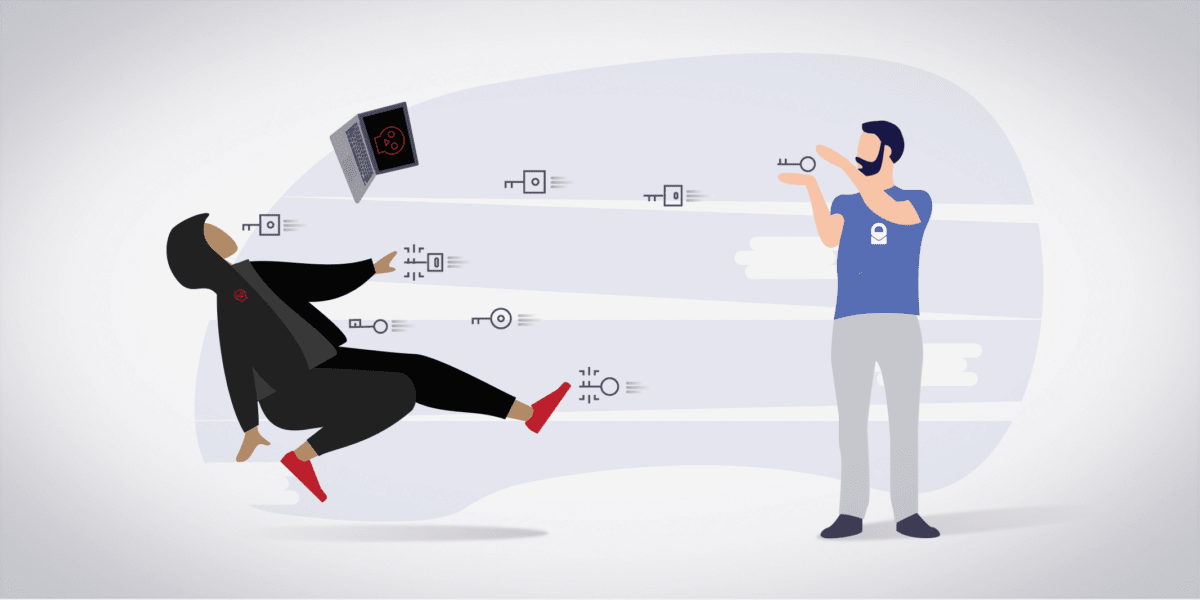Identity spoofing is a deceptive practice utilized by cybercriminals to fool people and associations into accepting that their messages or activities are from an official source. We explore the idea of identity spoofing and the potential effects it could have on people and businesses in this blog. By making use of KYC identity verification technology like biometric identity verification, we also provide tips and methods to assist you in safeguarding yourself from spoofing attacks.
What is a Spoofing Attack?
Spoofing is masking identity or communication as related to an approved and official source. Various types of identity spoofing attacks are possible: from phishing campaigns that use email spoofing to fraud campaigns that use caller ID spoofing. Attackers can target different specialized components of an association’s organization as a feature of a spoofing attack, for example, an IP address, DNS server, or ARP service.
The Impact of Spoofing on Individuals and Businesses
Identity Spoofing can affect people in harmful ways. For instance, email spoofing can fool clients into uncovering delicate data, for example, login accreditations, which can prompt fraud or monetary loss. Spoofing of the caller ID can be used to trick people into giving out private information or engaging in fraudulent activity.
Organizations are additionally helpless against the impacts of identity spoofing. Phishing attacks, the downloading of malware, and the disclosure of confidential company information can all be accomplished through the use of fictitious emails sent to employees. Website spoofing can prompt monetary and reputational damage when clients incidentally cooperate with counterfeit sites.
How to Protect Yourself From Spoofing Attack?
In the present age, safeguarding yourself against identity theft and identity spoofing is critical. Here are some functional tips and strategies for safeguarding your data.
1. Use Strong and Unique passwords
For all your online accounts utilize unique and strong passwords. Use symbols, numbers, and upper and lower case letters in your passwords. It is best not to use information that is easy to guess, like birthdays or words that are common. To make and store your passwords safely think about utilizing a trusted password manager.
2. Monitor Your Financial Statements
For unapproved transactions check your bank and financial records routinely. Set up account warnings to get notices of suspicious activities.
3. Enable Two-Factor Authentication (2FA)
Enable 2FA on your web-based accounts whenever the situation allows. It adds a layer of safety by requiring a single code to be sent to your cell phone or password-less email.
4. Beware of phishing
Be cautious when you get spontaneous messages or messages mentioning individual data. Abstain from tapping on suspicious links or downloading from obscure sources. Continuously look at the authenticity of solicitations for individual or monetary data, particularly on the off chance that they appear to be compromised or threatening.
5. Be Careful on Social Media
Change your privacy settings to control who can see your data and posts. Likewise, limit the individual data you share via social media.
6. Secure Your Devices
Utilize strong passwords, PINs, or biometric identity verification, for example, a unique mark on the face, or fingerprint to lock cell phones, tablets, and PCs.
7. Shred Sensitive Documents
Continuously shred the archives that contain individual data before discarding them, for example, fiscal reports, credit card offers, and clinical records.
8. Keep personal documents safe
Protect important personal documents by keeping them in a secure, lockable place. Birth certificates, passports, and other documents that can be used to pretend to be someone else are included in this.
9. Protect Your Social Security Number
Try not to carry your Social Security card in your wallet. Be cautious while sharing your Social Security card number and possibly give it out if important. Social Security card numbers, credit card information, and passwords can be bought for just $1 on the dark web.
10. Secure Wi-Fi Network
Abstain from conducting official business or getting to individual records on open Wi-Fi networks. To increment security while utilizing public Wi-Fi utilize virtual private networks (VPNs).
11. Check your credit report regularly
Demand free credit reports from significant credit departments and check for mistakes or indications of fraud or identity spoofing. Consider putting a freeze or fraud alert on your credit reports if you suspect or affirm fraud.
12. Be wary of spam calls and unsolicited offers
Try not to give individual data to guests who are guaranteed to be from government offices except if you have reached them. Be careful about unsolicited deals or offers that appear to be unrealistic.
Bottom Line
KYC Identity Verification is a significant part of fraud prevention. By utilizing biometric identity verification services, checking email addresses, implementing two-factor authentication, taking a look at contrasts, and preparing employees, businesses can assist with forestalling identity fraud and shield themselves and their clients from identity spoofing.
